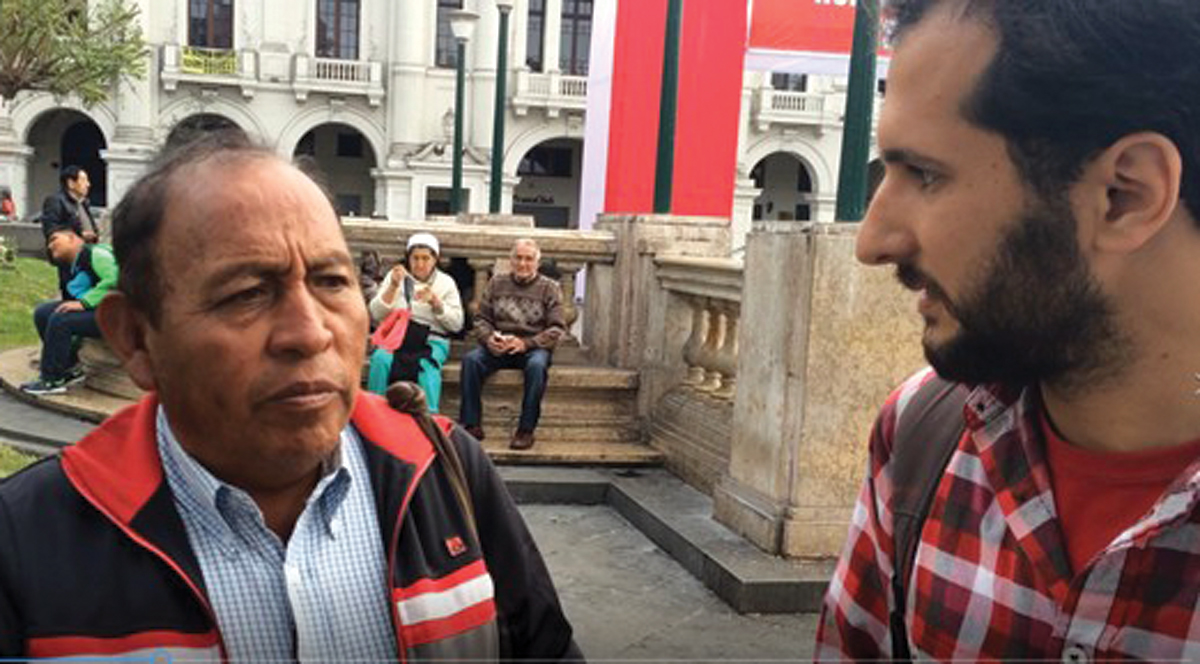Workers’ struggles in Peru: eyewitness report
Beth Webster and João Félix
In Peru, the working class are fighting against sharp attacks on healthcare, education and working conditions. Doctors and teachers are striking nationwide.
The Federacion Medica Peruana (Peruvian Medical Federation) and SUTEP (Unified Union of Education Workers) have called the strikes, not just to defend working conditions but to demand good quality public healthcare and education.
Also, a widespread youth movement is protesting against Ley Pulpin (Pulpin Law), which attacks the pay and employment rights of young workers and students in Peru.
Doctors have been on strike since 4 July. They are demanding an increase in the health budget; a resolution to the infant health crisis (in Peru more than 50% of children under three have anaemia); the enactment of the Medical Work Law and the implementation of fair and dignified pay.
The doctors are demanding the immediate resignation of the health minister Patricia García, who has consistently attacked workers and patients, and demand that the president of Peru, Pedro Pablo Kuczynski, fulfils his election promise of increasing the health budget by 0.5% of GDP. They are also calling for cancellation of the 700 million sol (currency) debt of hospitals – which lack drugs and basic medical supplies.
At the time of writing, five doctors have been on hunger strike for eleven days in front of the health ministry, with striker Dr Antonio Limay having to be hospitalised.
The teachers’ strike, which started in Cuzco on 21 July, has spread nationally. The teachers’ demands are an echo of the doctors: an increase in the education budget; proper meals for students to combat endemic malnutrition; an end to unfair dismissals, which are frequent; and an end to ‘hunger wages’, as many teachers work multiple jobs to survive.
The struggle has become turbulent, especially in the south, with militant action being met with brutality by the police, and demonstrations in Lima being forcefully dispersed. But protesters’ militancy has already produced some results, with the government agreeing to increase wages in an attempt to break the strike.
Both teachers and doctors are fighting against privatisation. Many aspects of their struggles mirror our own in Britain. Incidentally, the Peruvian government has sent a team to the UK to pick up tips from the Tories on how to successfully privatise a health service!
As Erick Flores, hospital worker and trade unionist, told us: it is a critical moment for the labour movement in Peru, where the working class is rising in struggle and coordinating its fight for healthcare, education and a decent life for all.
Their struggle is our struggle!









